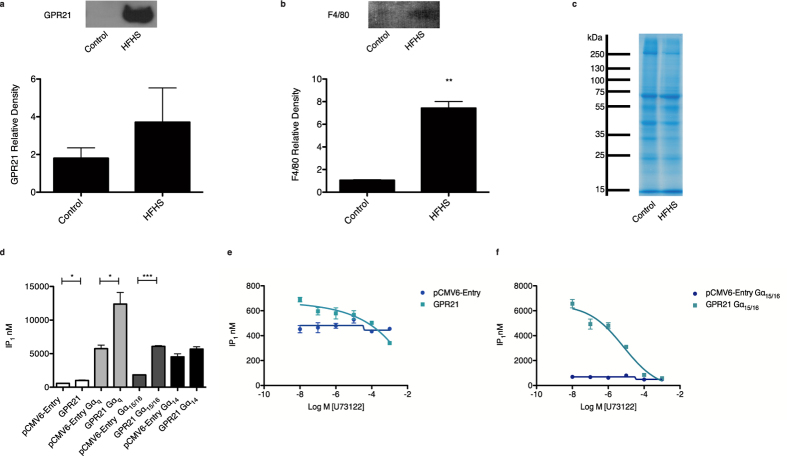Figure 1. Analysis of GPR21 expression and activity.
Epididymal fat pads of control and HFHS-fed C57BL/6J mice were lysed, proteins separated by SDS-PAGE and expression of (a) GPR21 and (b) the macrophage marker, F4/80, evaluated by Western blotting. Representative Western blots are shown along with relative densities, determined using Image J software, presented as mean ± SEM, n = 9. Using the unpaired Student’s t-test a significant increase in F4/80 expression was observed at p < 0.01**. (c) Representative Coomassie stained gel used to confirm equal loading of protein extracted from murine epididymal fat pads. (d) A FRET-based IP-one assay was employed to assess the activity of GPR21 in transiently transfected HEK293T cells when coupled with the Gαq G protein subtypes, Gαq, Gα15/16 or Gα14. HEK293T cells were also transfected with the empty vector, pCMV6-Entry. Data presented as mean ± SEM are representative of three independent experiments performed in triplicate each time. One-way ANOVA with a post-hoc Tukey test denotes a significant increase in GPR21-induced IP1 production at p < 0.05* and p < 0.001***. As Gαq stimulation induces PLC activation to trigger the inositol cascade, the effect of the PLC inhibitor, U73122, on IP1 production was also assessed in HEK293T cells transiently transfected with (e) pCMV6-Entry or GPR21 and (f) pCMV6-Entry or GPR21 coupled with Gα15/16. GraphPad Prism® 5 software was used to generate a non-linear sigmoidal dose response curve in response to U73122. Data presented as mean ± SEM are representative of two independent experiments performed in triplicate each time.

